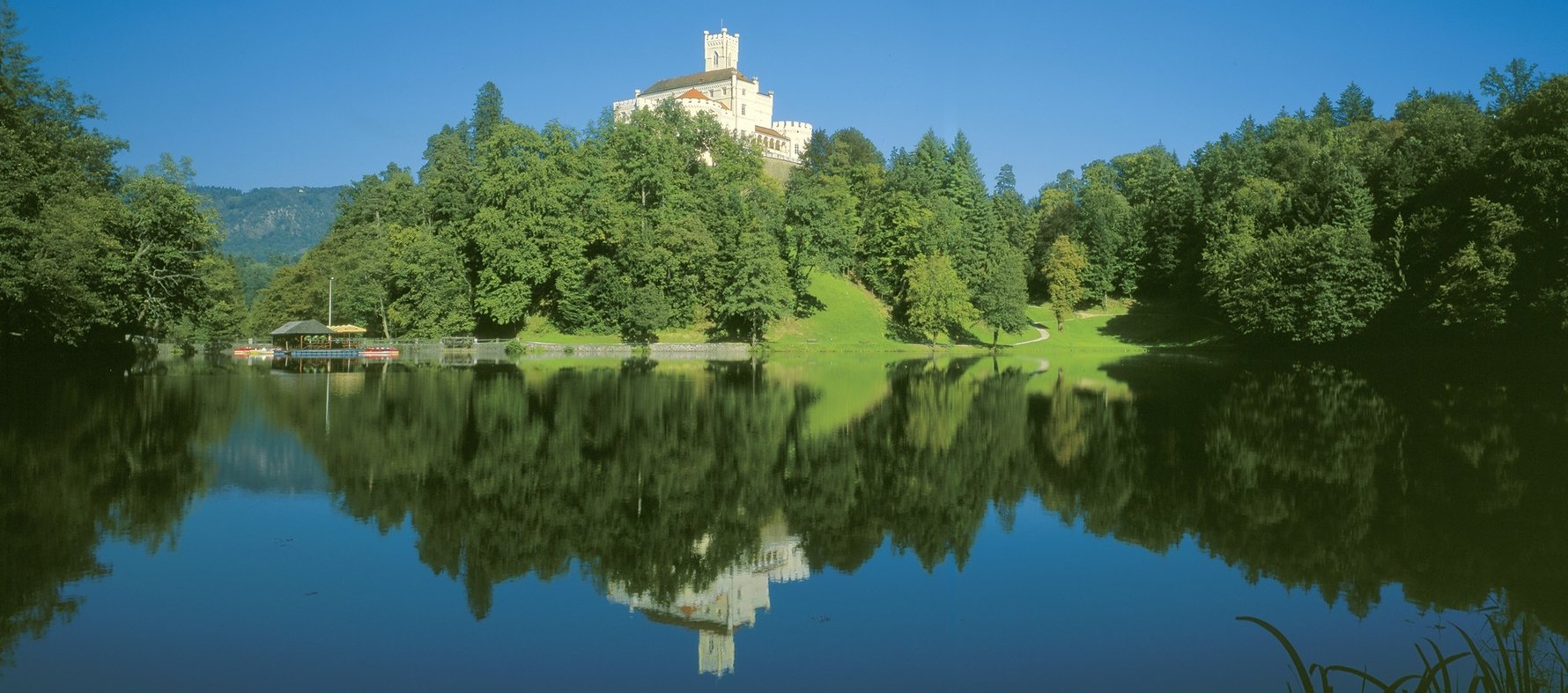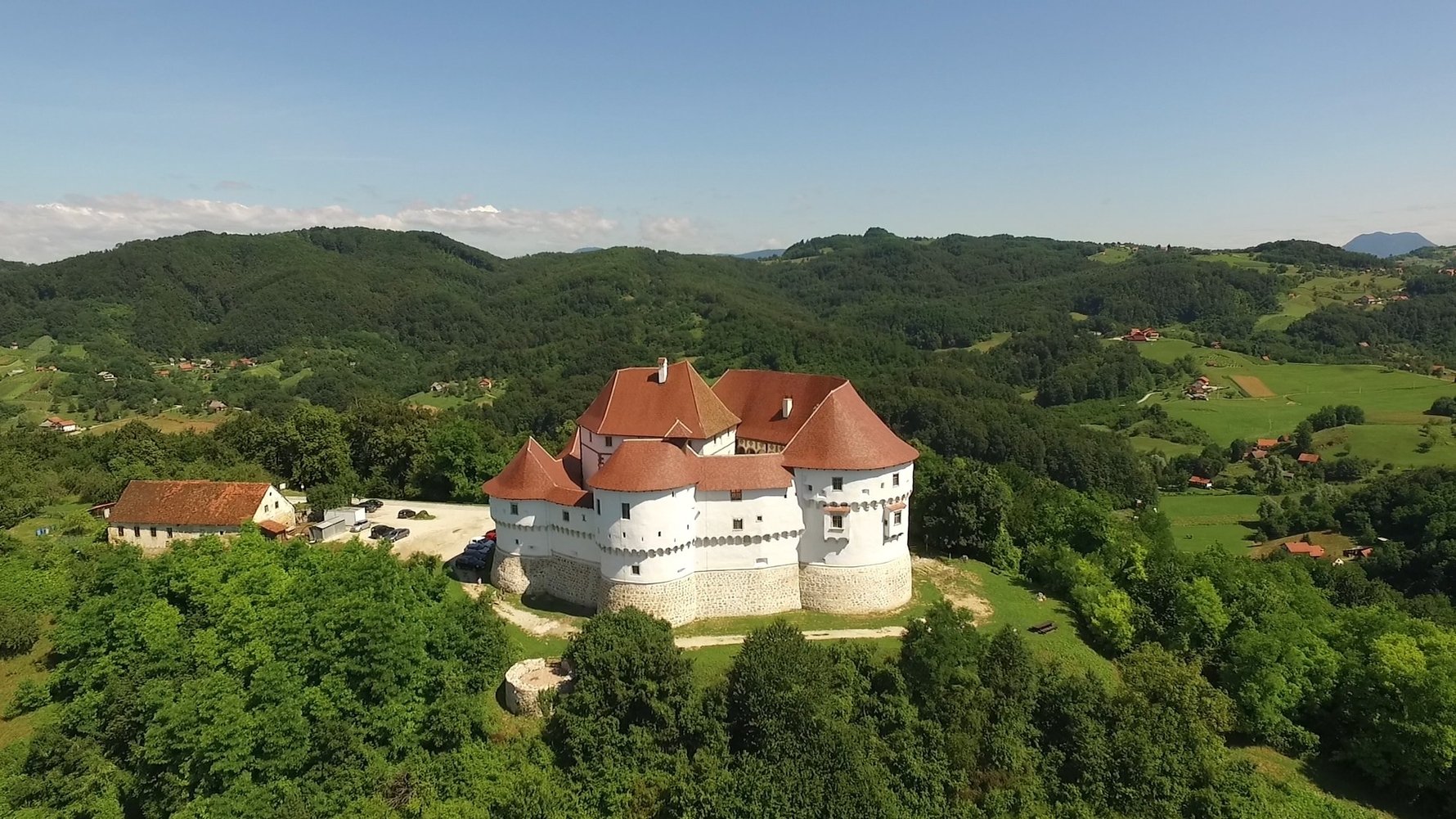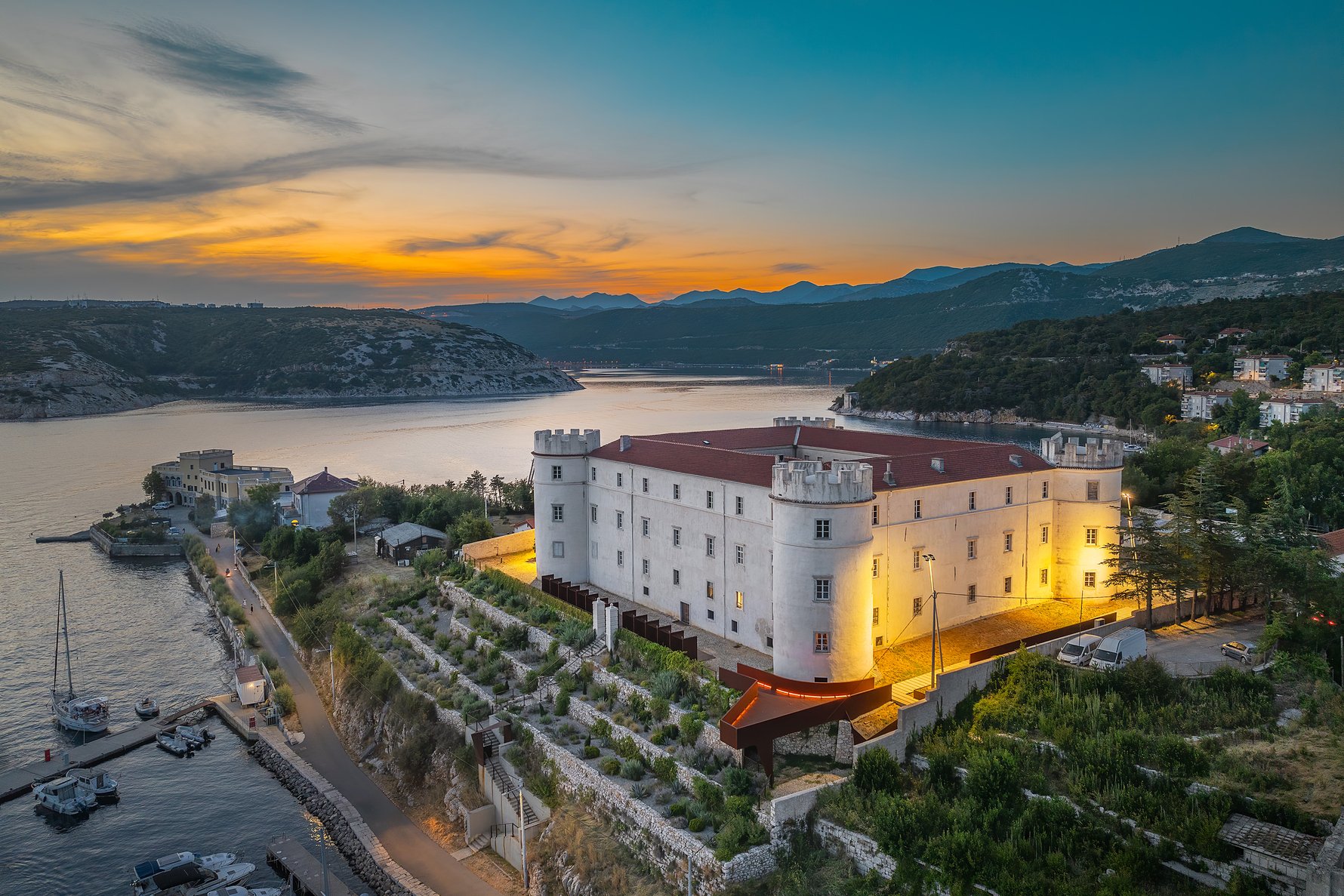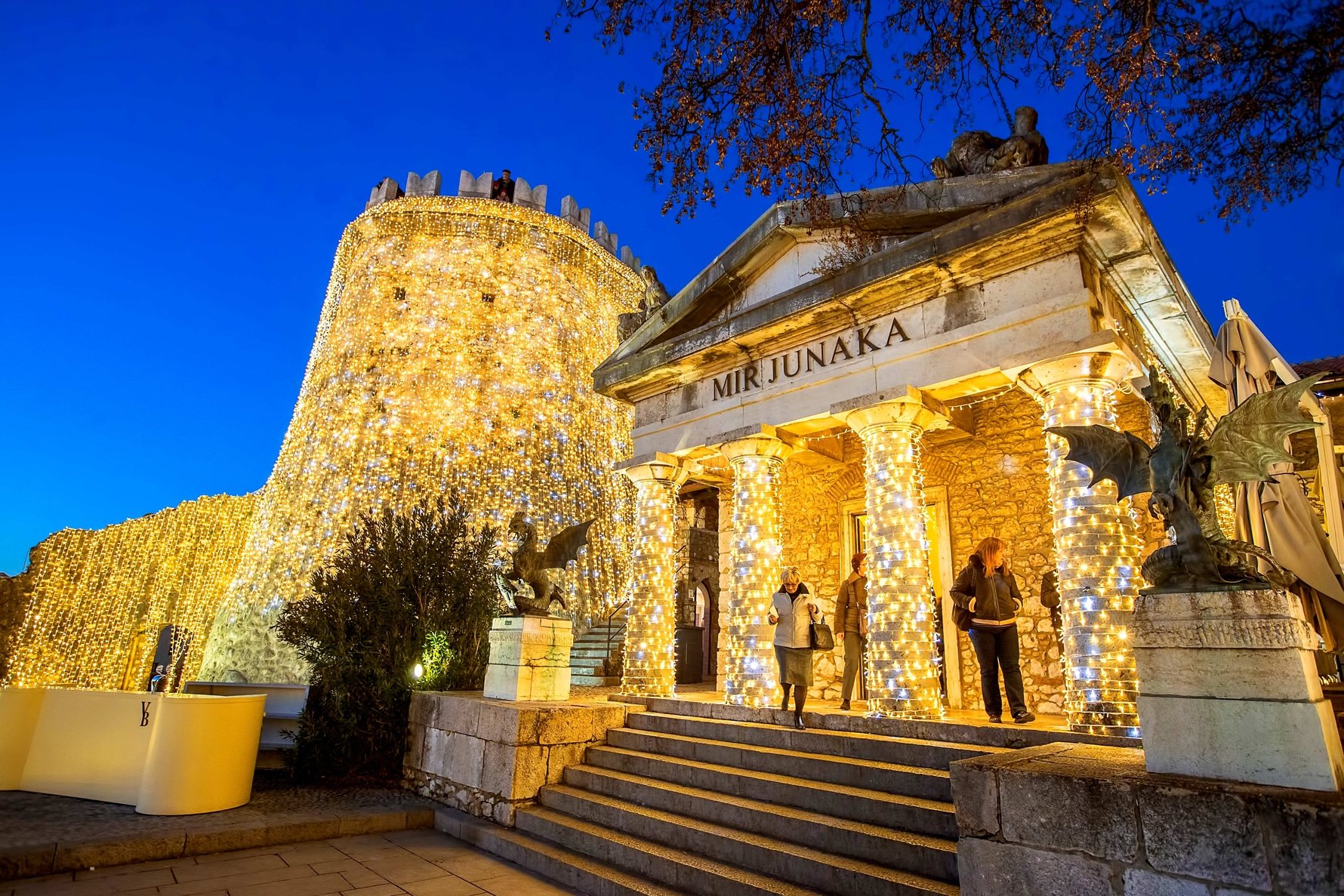If you’ve spent time travelling around Croatia, you’ll have noticed the magnificent mansions often seen on the horizon. Fairytale castles are everywhere here, and there’s much to be said for a road trip that takes in the best of the best. Not sure where to start? Worry not; these are some of the most incredible castles in Croatia.
Trakošćan, Bednja
Built in the 13th century, this is Croatia’s best kept castle and is a majestic site from any viewpoint. Initially, it was used as an observation fortress and then grew with several families taking ownership over the centuries, the most prominent being the noble Croatian family Drašković. Today, the castle houses authentic weapon, armour, paintings, prints, furniture and scripts, dating back centuries. The surrounding park and lake offer a magical mediaeval setting when chivalry and knighthood once prevailed.

Veliki Tabor, Desinić
Veliki Tabor is one of the best preserved late medieval and renaissance fortified settlements in inland Croatia, and is a mighty construction indeed, dominating a hilltop and visible for miles around. It was built by the aristocratic Rattkay family in the 16th century, and remained in their hands until 1793. The oldest part of the complex is the late gothic palace which was their residence. The palace is surrounded by four semi-circular renaissance towers, and this complex was encircled by a defensive wall with a bastion. The views from its hilltop are fabulous.

Medvedgrad, Zagreb
Medvedgrad Castle itself has an incredible story to tell. It was built in 1254 and was one of the largest Croatian noble courts. Throughout its history, it was ruled by over 150 masters and was never conquered. You will hear some horrible stories that have cemented Medvedgrad's reputation as a haunted castle. The Medvedgrad Visitor Centre has a lot of attractions for all ages. You can try themed walks, enjoy summer concerts, bring your kids to one of the interactive workshops or even organise an event or a seminar here. How unreal is that?

Ozalj Old Town, Ozalj
Founded in the 13th century and owned by successive Frankopan and Zrinski dukes, the castle grew into a small walled city. A newer part of town later grew up at the foot of the fort, but the overriding impression is a charming medieval one.Since it acted as a seat for these noble families, the town once had a far greater importance than you would think now, including a rich cultural and literary life based on the Kajkavian dialect. Ozalj has both a Native Museum and an Ethno Park, which are excellent for giving you an insight into this cultural past and into local traditions. The museum is where you can find everything from prehistoric remains to artefacts from the time of the noble families; from the military to the religious and spiritual life of the area. There’s also a collection of landscapes by local painter Slava Raškaj.
Castle Nova Kraljevica - Frankopan, Kraljevica
Undoubtedly one of Croatia's most impressive 17th-century structures, Castle Nova Kraljevica is a sight to behold. Situated on a hill above a peninsula, the castle looks over the Bay of Bakar like a protector, a stunning rectangular complex packed with whispers, memories, and stories.
Most agree that Venetian builders constructed the castle, but questions over its origins fade into the background when faced with the charm of the structure and details found within the four towers.
The decadent interior is as good a place to start as any. Its meticulous design opens a window into the life of Petar Zrinski and (most notably) his wife, Katarina Frankopan. The decoration is spectacular, with gilded wallpaper and marble floors and doors. Today, the Visitor and Interpretation Centres allow visitors to engage with the castle’s long and storied history; the former sets the scene to beautiful effect, while the latter dives deep into the life and times of the Zrinski and Frankopan families, bringing the opulence of the 17th century hurtling into the 21st. If that isn’t enough, there is also a small museum dedicated to fishing and shipbuilding, also vital components of life in Kraljevica throughout the centuries.
Trsat Castle, Rijeka
Perched on a hill overlooking the harbour area and keeping watch over the hinterland is the fortress Trsat, which has stood guard over the city since Illyrian times. Trsat is the site of the first settlement of Rijeka, inhabited since prehistoric times. It’s one of the best known symbols of the city.The fort has had many facelifts over the centuries, notably by local influential families, the Frankopans of Krk, the Captains of Bakar and the Hapsburgs. The last and most romantic alterations were made by Irish-born Count Laval Nugent, a commander of the Austro-Hungarian empire, who eventually made his home here and established a museum. Sadly, the museum no longer exists. There are attractive underground spaces (one of which once housed prison cells) which are now used as exhibition spaces, and apparently a secret passageway leads to the Rječina river. The Grecian style Nugent family mausoleum is also now a gallery space. The fort is well worth visiting for its architectural beauty and the stunning views over Rijeka and the Kvarner Gulf. It’s part of a chain of defences across the mountains that protected the Roman Empire from barbarian invasion.






Comments